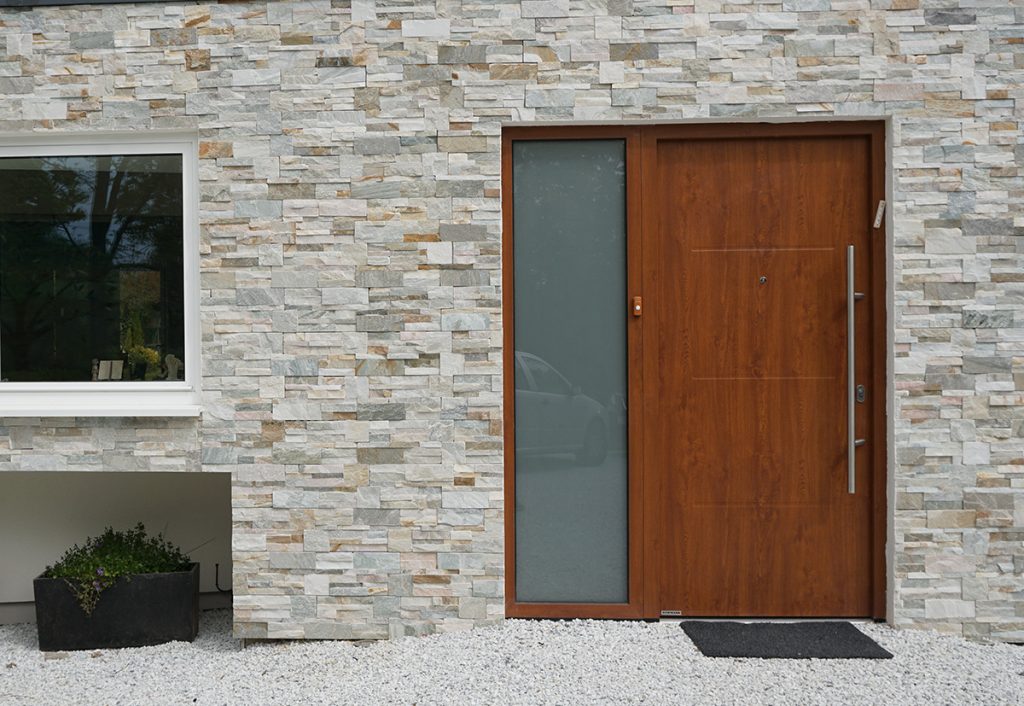WHAT IS A PASSIVE HOUSE?
It’s a phrase that is becoming more common in the world of home building. But what exactly does ‘Passive House’ mean?
‘Passive House’ isn’t a brand name but a certified building standard that focuses on energy efficiency to reduce the ecological footprint. This is achieved by reducing the heating requirements in a property to such an extent that conventional heating systems are no longer necessary.
In a Passive House, everything needs to work in harmony – from the different mechanical systems to the building itself. As a result, the standards for certification are very high. The benefits are obvious though, with an energy saving of up to 90% compared to conventional properties!
The vast majority of passive structures originated in German speaking countries but there is a growing demand for Passive Houses in the UK.
Characteristics of a Passive House
Efficient ventilation: A natural ventilation system must be in place to maintain a comfortable temperature throughout the property. Conventional central heating systems are not allowed.
Airtight construction: The construction of a Passive House needs to be extremely airtight compared to standard buildings. This is to prevent mould, structural damage and decreases in air quality.
Superinsulation: Passive Houses utilise a layer of heavy insulation around the building envelope to reduce heat transfer.
Windows: Forget the usual double-glazing. Passive House windows are triple-glazed for increased insulation. Low-emissivity coatings and specially developed window frames are also common.
Solar design: Passive Houses must rely on the sun as its primary source of heat. Innovative building techniques to reduce surface area, window positioning and green roofs all contribute to creating energy by passive means.
Passive heating: Alongside solar gains, Passive Houses should have the ability to heat or cool their interior with air from outside the property. Other sources of heat could include lighting and electrical devices such as white goods.
Electrical appliances: Low-energy sources such as halogen lamps, solid-state lighting and compact lamps are common. You will also see solar panels on a Passive House, and creative ways to save energy like timers and motion detection devices.
Can My Property Become a Passive House?
You would have to remodel your home extensively to meet the high standards of Passive House certification. However, there are lots you can do to reduce energy consumption.
For example, consider getting energy-efficient replacements for your existing doors and windows. Origin OW-80 Windows. have an A++ energy rating – the highest award for efficiency. German manufacturer, Hörmann, also do a range of high-quality entrance doors with an emphasis on high thermal insulation.


